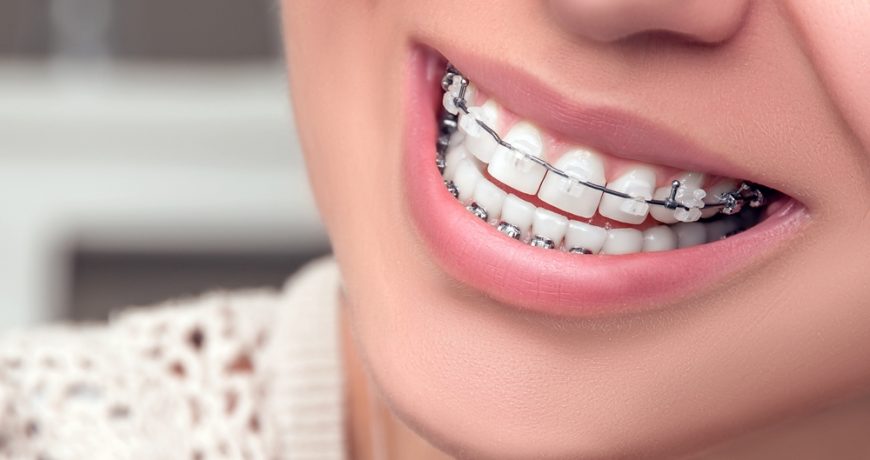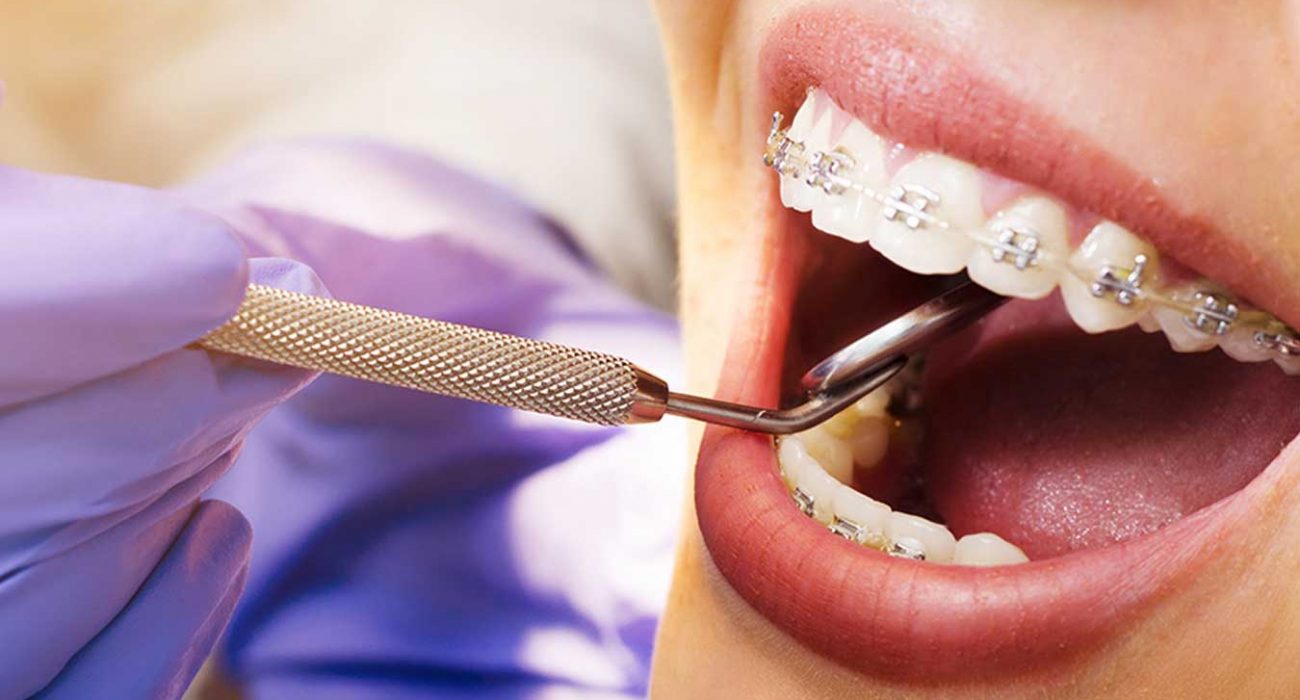We all want a perfect smile with healthy, straight teeth. This attractive smile would increase our self-confidence.
A first orthodontic evaluation is recommended for children until the age of 7 if they have not previously had other dental problems.
According to the American Orthodontic Association, most treatments start at the age of 9-14 years and have an average duration of treatment between 1-3 years.
Orthodontics deals with the correction and correction of the position of the teeth. orthodontics. In adults, the application of orthodontic treatment may take longer because the jaw bones have stopped growing.

Parents need to be very careful with their children’s teeth and guide and teach them from an early age how to take care of their teeth!
Improper dental crowding and occlusions affect the health of the teeth, gums and temporo-mandibular joint over time. Poor chewing can affect the integrity of the digestive tract.
The progress of the technique in dentistry (orthodontic specialization) today allows the spectacular, painless correction of dento-maxillary anomalies.
During childhood and adolescence, the jaw bones grow and mature, so it is easier to change the position of the teeth at this stage.
Dental treatment is recommended because in the long run untreated diseases can lead to speech defects, predisposition to tartar formation, implicitly caries.
Any orthodontic treatment begins with a consultation and treatment plan by the orthodontist. Depending on the situation at the level of the dental arches, the patient will wear either a fixed or a mobile device.
The fixed orthodontic appliance consists of metal or physiognomic brackets, which are glued to the teeth and a metal spring that joins them in order to align them correctly.
The mobile device, very widespread in the past decades, comes in the form of a pink or transparent acrylate plate with small metal hooks that helps the former to return to its normal position on the arch. This device has a low efficiency compared to the fixed one, being used less often in modern dentistry.
In most cases, the duration of a treatment with a fixed orthodontic appliance is 12-24 months; then the patient will wear for a period a special containment device (retainer), with the role of maintaining and stabilizing the results thus obtained. The restraint device is either in the form of a transparent splint worn at night, or a thin wire applied to the back of the teeth.
Oral hygiene plays a key role in achieving a healthy and beautiful smile. Therefore, sessions to control the device and sanitize the oral cavity are recommended to take place every 3-6 weeks.
Teeth in the wrong position (abnormal tooth position on the dental arch) are more difficult to sanitize, being very vulnerable to carious processes and periodontal disease, so they can be lost earlier. Dental malpositions force the masticatory muscles to an extra effort, which can lead to headaches, dysfunction of the temporomandibular joint and pain in the neck, shoulder and back. Another disadvantage is the unsightly appearance of misaligned teeth correctly on the dental arch.
Orthodontics is one of the specialties of dentistry that treats:
dentomaxillary abnormalities;
dental crowding;
spaces between the teeth;
problems caused by missing or surplus teeth;
dental malocclusions;
dental malpositions;
vicious habits.
Orthodontic treatment involves the use of orthodontic appliances in order to resolve dental malpositions and malocclusions. Depending on their purpose, orthodontic treatments can be divided into:
Preventive treatment (temporary dentition), prevents the development of dento-maxillary anomalies (eg maintaining the space in case of a temporary tooth loss before it falls normally)
Interceptive orthodontic treatment (mixed dentition), prevents the aggravation of existing problems. The goal is to eliminate the cause (eg correcting vicious habits that can deform teeth)
Complex orthodontic treatment, determines the correction of problems with the help of orthodontic appliances. This type of complex treatment has several stages, addressing the problems involved in aligning the teeth, improving the function of dentition and occlusion. May include temporary, mixed or permanent dentition. At the end of this complex process it is necessary to wear restraints that will help maintain the new position of the teeth.




